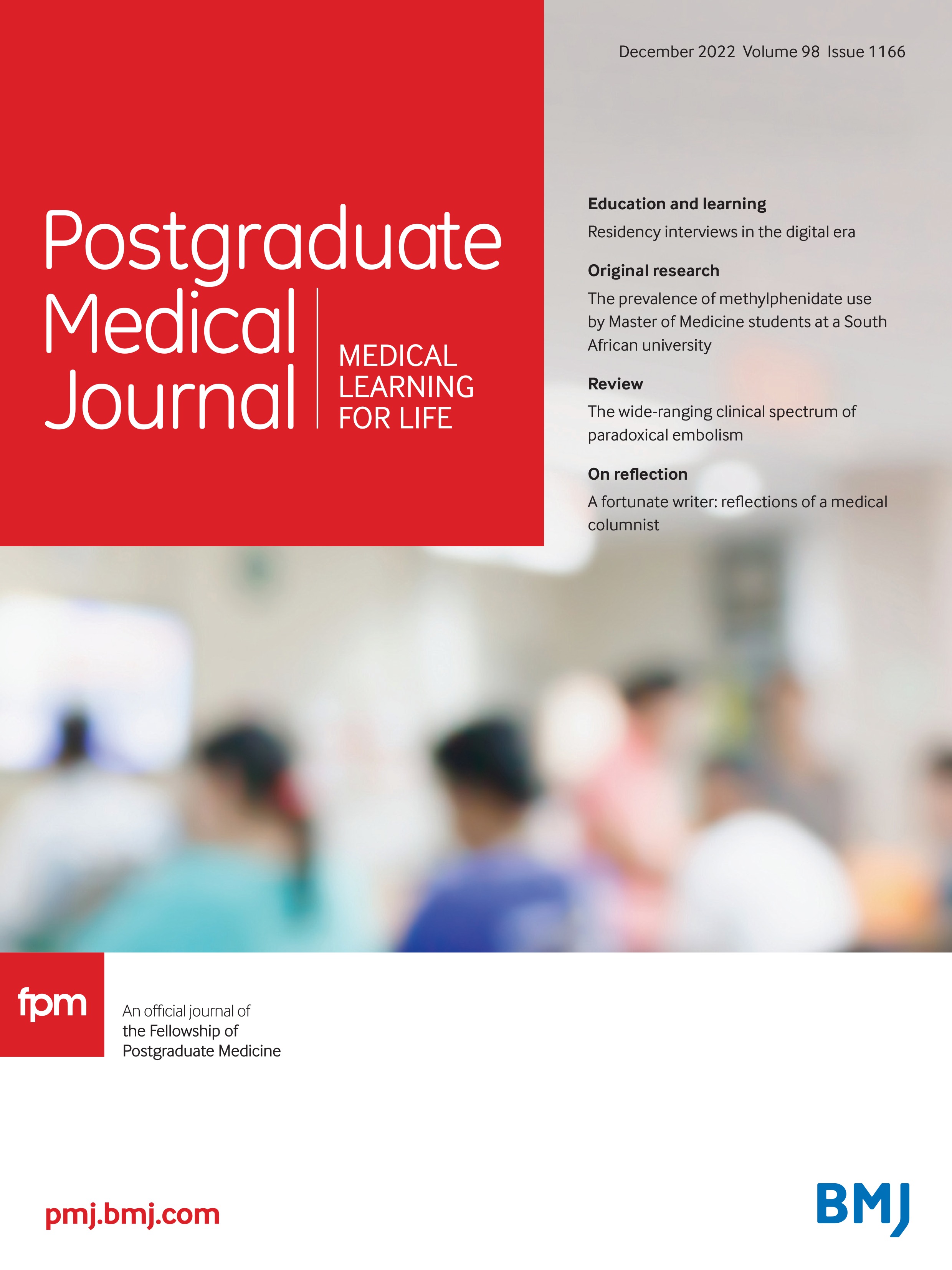Abstract
In the midst of the SARS-CoV-2 pandemic, the US Association of American Medical Colleges (AAMC) required residency programme transition from in-person to virtual interviews for all applicants. The new virtual format upended a system that has relied on programmes and applicants balancing the likelihood of acceptance with the financial and time demands of cross-country travel.
In this commentary, we address the history of residency interviewing in the USA and the emerging changes that are taking place in light of virtual interviews. We discuss the advantages of the new online format, including the reduced cost for applicants and programmes, as well as the decreased carbon footprint.
We also discuss the inequities of virtual interviewing, involving a national maldistribution of interviews to only the top-tier candidates. We share previously unpublished data on the number of virtual interviews accepted by Stanford’s 2020 residency applicants, compared with those conducted in person in 2019. We find Stanford applicants in all fields accepted more interviews: from a mean of 8 in 2019 to 14 in 2020, a change of 160% on average. Despite this, only half of Stanford 2020 applicants interviewing in the virtual format thought they had accepted more interviews than they would have in person.
We comment on how transitions to online interviewing may be affecting medical schools and applicants disproportionately. Ultimately, we highlight the need and offer ideas for additional regulation on behalf of the AAMC to ensure a more equitable distribution of interview opportunities.
- medical education & training
- education and training


